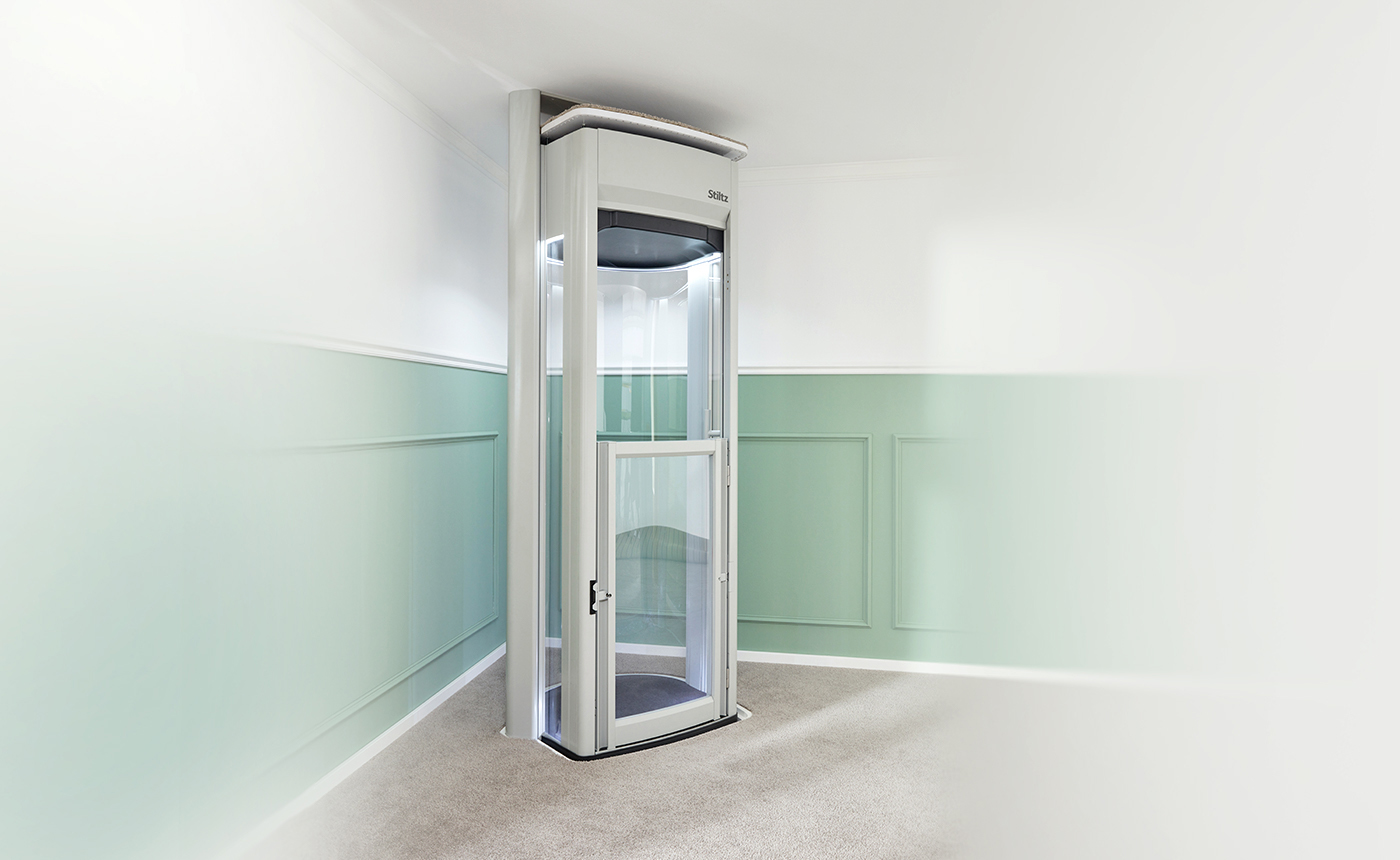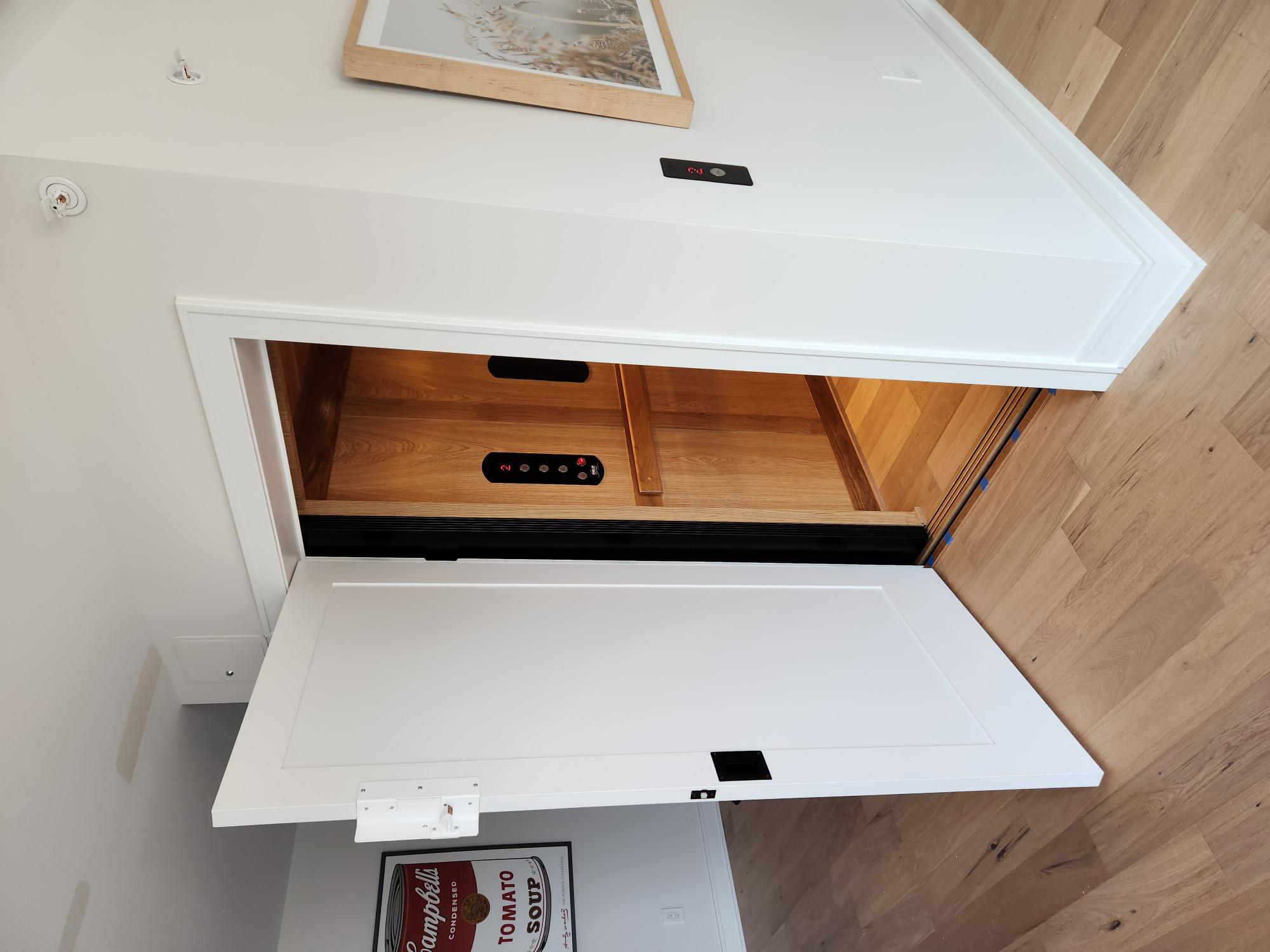We Maintain Lifts to the Greatest Requirements: Reliable Service for All Lift Kind
We Maintain Lifts to the Greatest Requirements: Reliable Service for All Lift Kind
Blog Article
Looking Into the Globe of Lifts: Common Issues Faced by Various Lift Devices
As we navigate through the upright transport systems of modern-day structures, elevators stick out as an indispensable element of our day-to-days live. However, behind their smooth operation exists a world of detailed mechanisms that can sometimes encounter difficulties. From hydraulic elevators to traction systems and machine-room-less layouts, each lift kind comes with its set of common concerns. Understanding these obstacles is essential for guaranteeing the smooth functioning of these essential systems. Allow's check out the complexities that underlie the procedure of elevators and the prospective problems that can emerge, clarifying the complex internet of lift mechanisms.
Hydraulic Elevators
Hydraulic elevators, frequently favored for low-rise buildings, use fluid stress to regulate the activity of the lift auto (lift repair companies). This system includes a hydraulic pump pressing oil into a cyndrical tube, triggering the lift to relocate the preferred instructions. While hydraulic lifts are recognized for their quiet and smooth procedure, they do include their own set of typical issues
One widespread trouble with hydraulic lifts is oil leak. Furthermore, issues with the control system, such as faulty shutoffs or a malfunctioning pump, can cause disturbances in the elevator's motion.
Normal maintenance and timely repair services are vital to guarantee the smooth performance of hydraulic elevators. By resolving these typical concerns proactively, building proprietors can decrease downtime and ensure the safety and security and performance of their vertical transportation system.
Grip Lifts
When thinking about vertical transport systems in buildings, one more common type in addition to hydraulic lifts is the grip lift. Grip lifts operate using a system of ropes and weights that move the lift vehicle by gripping onto the hoist ropes. This mechanism enables for smoother and quicker vertical transport compared to hydraulic systems.
One of the common issues encountered by traction elevators is rope wear. The continuous activity of the ropes within the grip system can result in tear and wear in time, potentially triggering the lift to breakdown or end up being harmful for usage. Regular inspections and upkeep of the ropes are necessary to make certain the elevator's correct functioning and security.
An additional problem that grip lifts might experience is associated to the control system. Troubles with the control system can bring about problems such as irregular activity, hold-ups in reaction times, or perhaps complete shutdowns. Regular screening and maintenance of the control system are crucial to avoid such issues and make sure the elevator's integrity.
Machine-Room-Less (MRL) Elevators

Among the vital parts of MRL elevators is the compact gearless traction device that is set up within the hoistway. This machine effectively drives the lift cars and truck without the requirement for cumbersome equipment located in traditional grip lifts. Furthermore, MRL elevators typically utilize a counterweight system to stabilize the car, further improving their power Source effectiveness.
Despite their benefits, MRL elevators might deal with challenges connected to upkeep and repair service as a result of the constrained area for equipment installation. Access for servicing parts within the shaft can be limited, calling find for specialized training for professionals. Appropriate maintenance schedules and regular assessments are important to make certain the continued smooth procedure of MRL elevators.
Overloading and Weight Limit Issues
Are elevators geared up to handle excess weight loads effectively and securely? Overwhelming and weight limit concerns are vital issues in elevator procedures. Lift manufacturers layout lifts with specific weight capabilities to make sure guest safety and devices long life. Exceeding these weight limits can cause different problems, consisting of mechanical failings, hold-ups, and safety and security threats.
When lifts are overloaded, it puts extreme stress on the electric motor, wires, and other parts, potentially creating malfunctions or malfunctions. Safety devices such as sensing units and overload sensing units are in place to avoid elevators from relocating if they identify excess weight. Furthermore, exceeding weight restrictions can lead to increased energy consumption and damage on the lift system.
To minimize overwhelming issues, constructing managers should plainly present weight limitations in lifts and inform occupants on the relevance of adhering to these limitations - lift repair companies. Regular maintenance checks by certified professionals can also assist guarantee that elevators are operating within safe weight parameters. By resolving overloading and weight restriction concerns proactively, structure owners can boost lift security and effectiveness
Electric System Failings
Surpassing weight restrictions in lifts can not only cause mechanical issues however likewise possibly add to electrical system failings within the lift framework. Electrical system failings are a critical worry in elevator procedure, as they can trigger unexpected closures, malfunctions, or even safety threats. One usual electric concern is the overheating of parts because you can check here of too much current flow brought on by straining the lift past its ability. This can bring about damage to the electrical wiring, electric motor, or control systems, leading to pricey repair work and downtime.
Moreover, power rises or variations in the electrical supply can also interfere with the elevator's procedure, influencing its efficiency and safety. These electric disturbances can harm delicate lift elements such as control board, motherboard, or sensing units, leading to system failures. Routine maintenance and inspections are crucial to determine and attend to possible electrical problems without delay, making sure the effective and safe procedure of elevator systems. By sticking to weight limitations and conducting regular electric system checks, building proprietors can mitigate the threat of electrical failures in elevators.
Final Thought

Hydraulic elevators, frequently favored for low-rise buildings, utilize fluid pressure to manage the movement of the lift vehicle.When taking into consideration vertical transport systems in buildings, one more typical type apart from hydraulic elevators is the grip lift. Traction elevators run making use of a system of ropes and counterweights that relocate the elevator cars and truck by gripping onto the hoist ropes. Unlike standard lifts that need a separate maker area to house the tools, MRL elevators incorporate many of the components within the shaft, eliminating the demand for a dedicated machine space.In verdict, lifts face typical issues such as hydraulic malfunctions, traction system failings, and electrical system problems.
Report this page